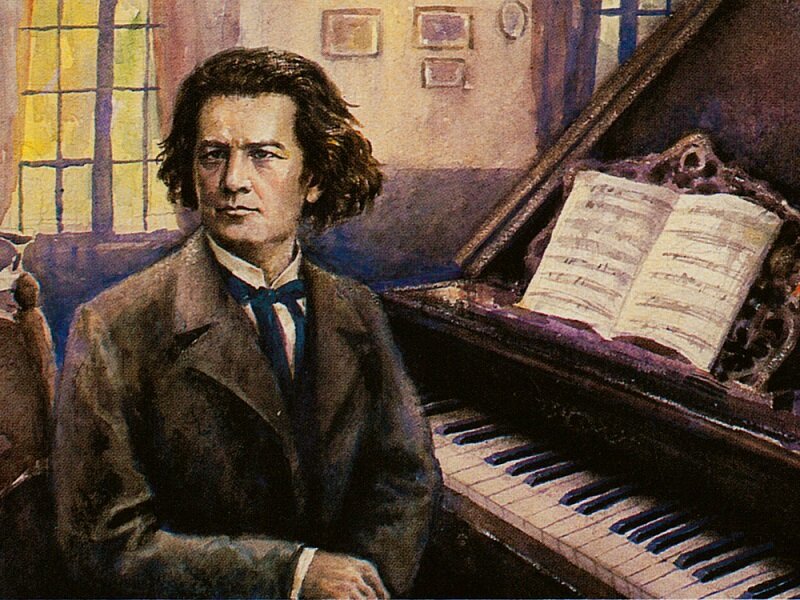
An international team of researchers used five matching locks of hair belonging to Beethoven for sequencing his genome. His DNA revealed clues about his health, death, and events of infidelity in his family. Read to know more.
DNA reveals secrets from the life of Beethoven
A team of researchers sequenced the genome from five matching locks of hair belonging to Ludwig Van Beethoven. While doing so, they discovered a famous lock of hair believed to belong to the celebrated composer was fake. After the study, they were successful in discovering his health, death, and the presence of an “extra-pair paternity event” in his family tree. In Heiligenstadt Testament, a letter written by Beethoven in 1802, he requested that the cause of his illness be described and made public following his death. Hence, began the ‘The Beethoven Genome Project,” in 2014.
What began as a small venture, grew into a massive undertaking over eight years. “Our primary aims were to establish the feasibility of sequencing a genome from small quantities of historical hair, to acquire and authenticate locks of hair attributed to Beethoven, to sequence Beethoven’s authentic genome to high-coverage, and to then assess Beethoven’s predisposition for heritable diseases, and search for any signs of infections, with eventual ancillary goals which ended up including analyses of genealogy and ancestry. In that order,” stated Tristan Begg in the study published in Current Biology. Begg is a Ph.D. scholar at the University of Cambridge.
What was the composer suffering from?

Beethoven began going deaf in his mid to late 20s before becoming functionally deaf in 1818. He also suffered from gastrointestinal problems. The genetic analysis helped rule out lactose intolerance, irritable bowel syndrome, and coeliac disease. However, the definite cause of deafness and gastrointestinal problems is a mystery. The researchers were able to discover significant factors related to liver disease. They found that Beethoven contracted a Hepatitis B infection during the final phase of his life.
As per Begg, the composer consumed alcohol but, the amounts consumed are not easy to estimate. However, if it was heavy over a long period, it may have helped in exacerbating the liver condition in addition to hepatitis B. As per Johannes Krause, the co-author of the study, the reason behind Beethoven’s death is unclear. However, they were able to confirm a hepatitis B infection and rule out genetic clauses. Begg believes a combination of several factors may have led to his death. Future research can help in understanding the contribution of each of the factors.
Possibility of extra-pair paternity events in the family tree:
Genomic analysis of Beethoven’s DNA reveals the possibility of infidelity in his family tree. “In the run-up to sequencing Beethoven’s genome, my Ph.D. advisor, Toomas Kivisild, was fortunate to meet the Belgian genetic genealogist, Professor Maarten Larmuseau, at KU Leuven. Maarten had special permission to access Belgian genealogical records, and ultimately recruited five living Van Beethovens who are documented as sharing a common paternal ancestor with Beethoven’s great-great-great-great-grandfather,” stated Begg.
“We expected Beethoven and these living Van Beethovens to have nearly identical Y-chromosomes, and for this to provide definite proof of sample authenticity. Effectively, during one of seven generations in Beethoven’s direct paternal line between 1572 and 1770, there was an interruption in Y-chromosomal continuity leading to Ludwig van Beethoven,” he further explained. In simple words, this means, one of the answers in the composer’s paternal line was born from an extramarital relationship.


